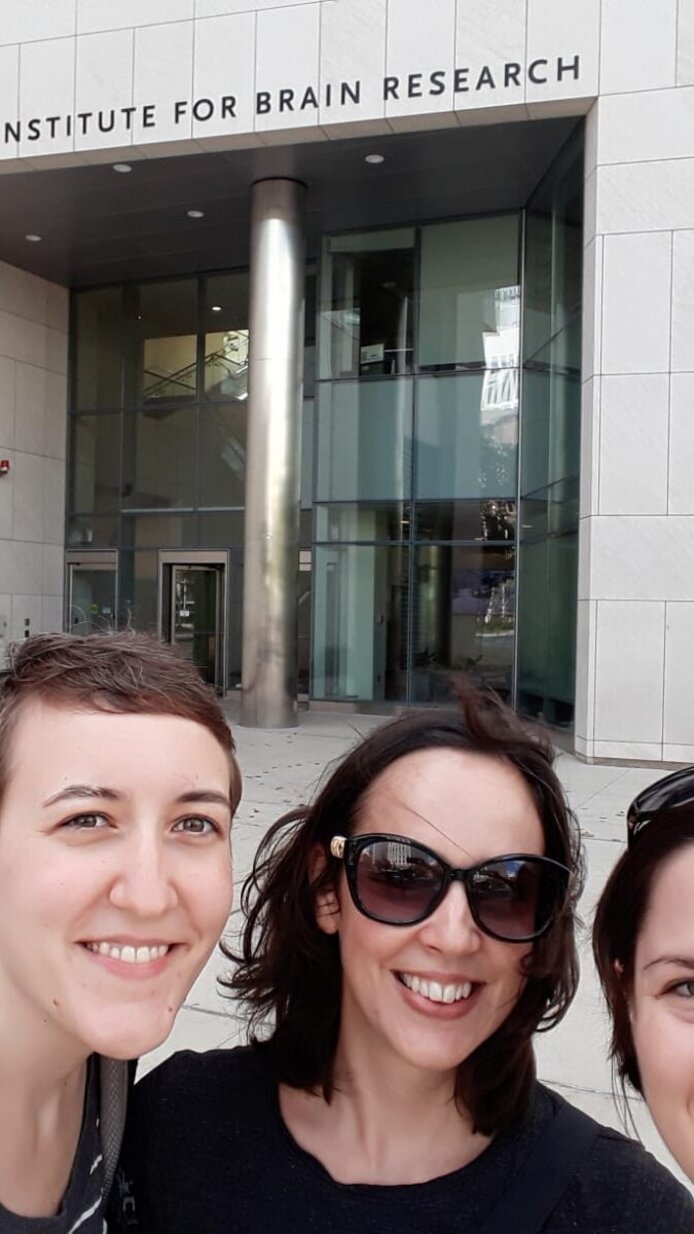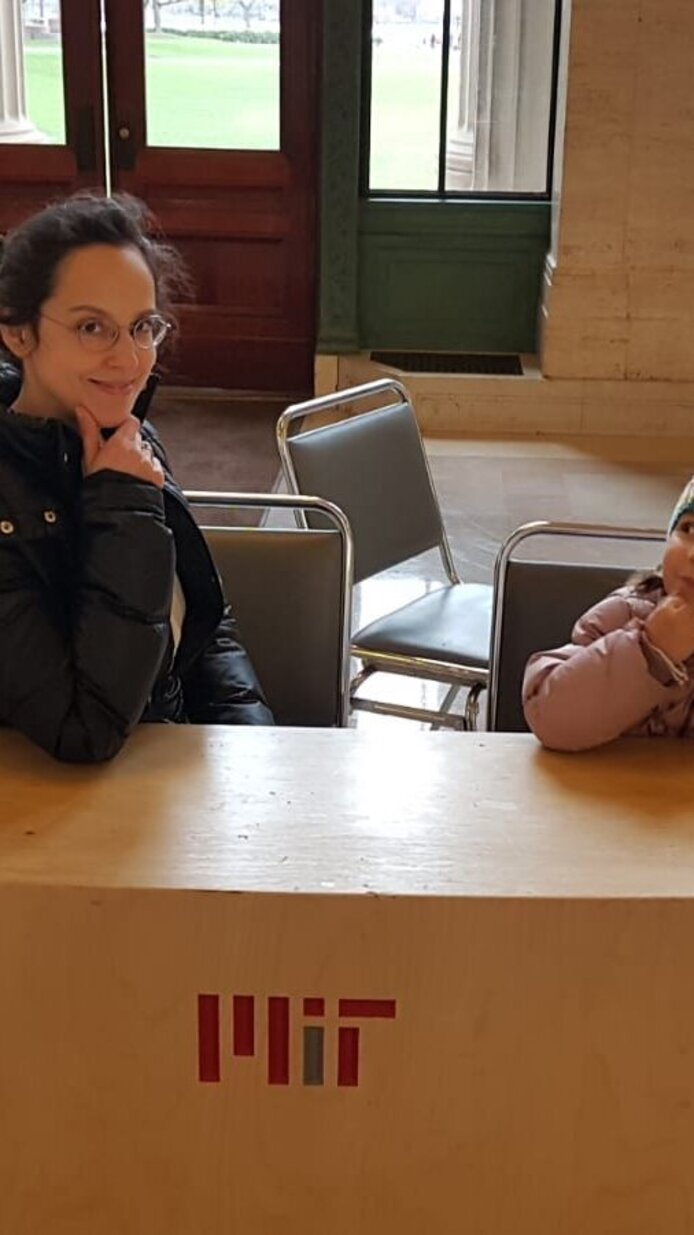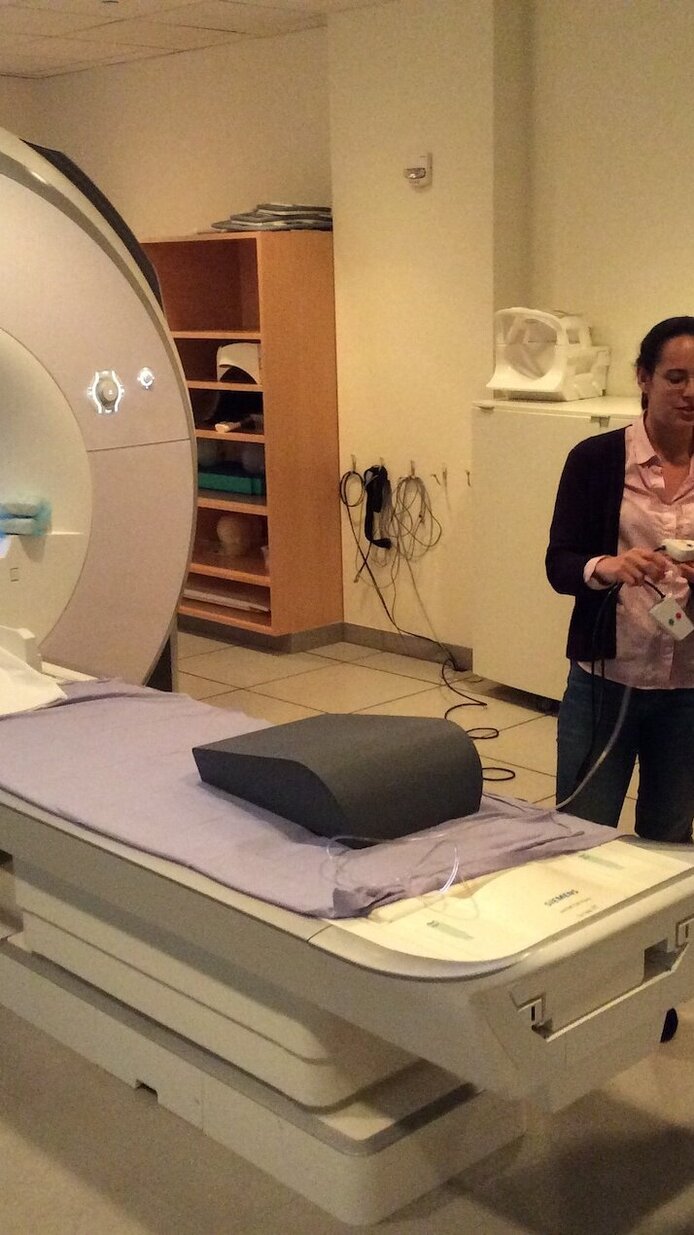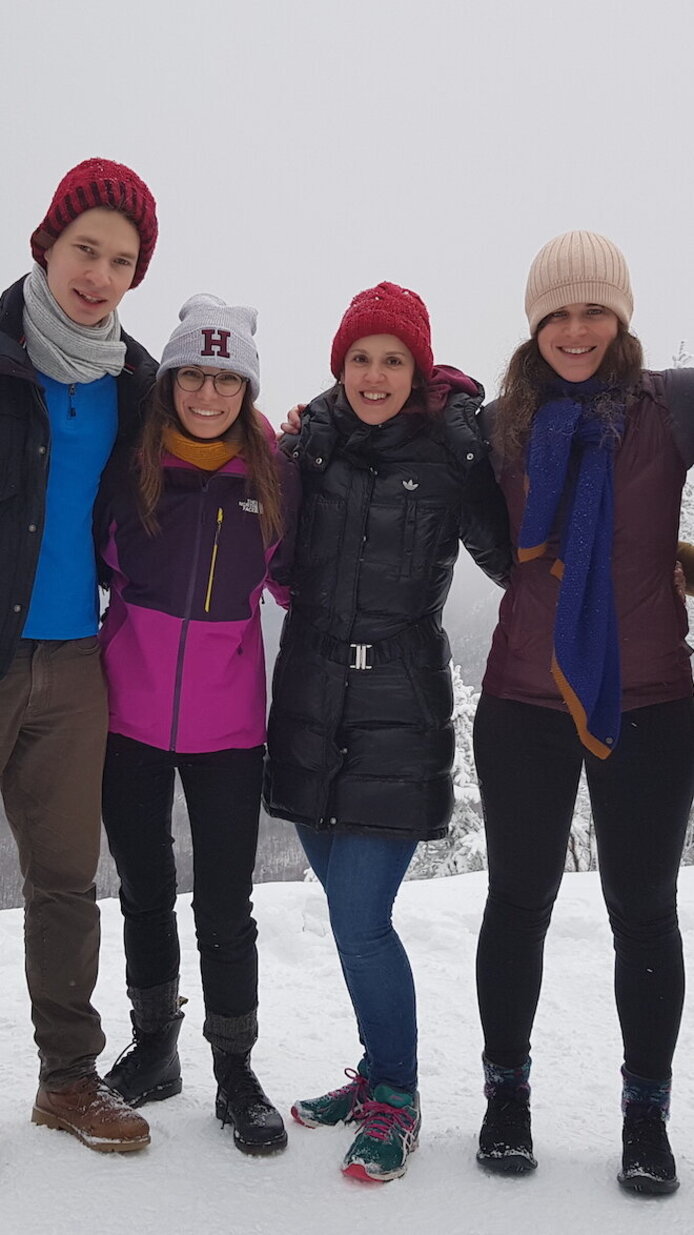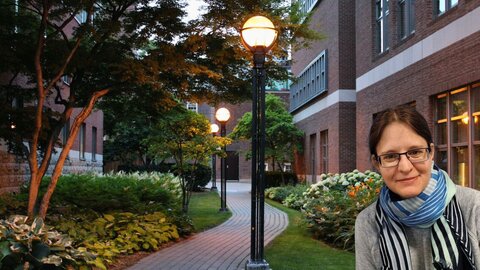Social interaction at MIT
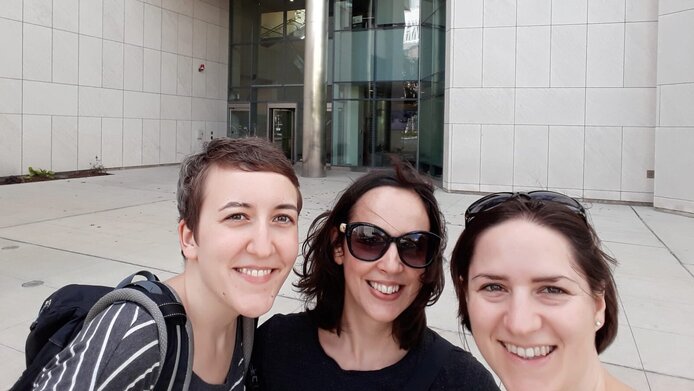
We are living in an increasingly connected world – technological progress in areas such as social media enables us to stay in touch with other people all the time. And yet, loneliness and social isolation are on the rise worldwide. This situation has now been greatly exacerbated by the social distancing measures introduced to combat Covid-19. Isolation can have serious consequences for the population’s mental and physical health and thus lead to massively higher healthcare costs.
This said, we still have a poor understanding of the phenomenon of loneliness – i.e. the perceived discrepancy between the level of social interaction someone craves and the interaction actually available. Most of all we lack clarity about how the craving for social interaction is represented in the human brain. I aimed to fill this research gap with my Erwin Schrödinger project at the Massachusetts Institute of Technology (MIT). More specifically, I tried to find out whether and in what way social motivation becomes manifest in the human brain at the neuronal level.
New research angle with Schrödinger fellowship
Even before the Schrödinger Fellowship from the Austrian Science Fund FWF, my research had taken me to the USA. Thanks to a Max Kade grant I was able to do research on stress and social cognition at MIT a year and a half prior to the Schrödinger project. During that time, I learned about a study conducted by another research group at MIT. Neuroscientist KayTye and her team were exploring the neuronal effects of loneliness in the brains of mice. I was intrigued by this exciting research and discussed a new idea with Rebecca Saxe, my supervisor at the time. Couldn’t we try to determine to what extent the neuronal representation of loneliness and the craving for social interaction is similar (or different) in the human brain? Rebecca Saxe was just as thrilled by this idea as I was, and we started collaborating with Kay Tye's group. For this purpose I applied to the FWF for a Schrödinger Fellowship.
From niche subject to centre stage
My application was approved and we were able to begin our study. We used functional magnetic resonance imaging (fMRI) to record brain activity after short-term social isolation to see how the craving for social interaction is mapped in the brain. What an ironic coincidence that we were able to complete our investigations just as the corona pandemic broke out globally. As a result, our research garnered instant attention and the results on the effects of social isolation on the human brain were recently published in Nature Neuroscience.
The support given to me by my mentor Rebecca Saxe and the unique working environment at MIT were a particularly enriching experience, not only for me as an early-career researcher, but also on a personal level. I found it exceedingly inspiring to be able to attend seminars and lectures, to have discussions with world-class researchers and to exchange ideas with my colleagues.
I consider myself very lucky to have been offered this opportunity through the Erwin Schrödinger Fellowship. After my postdoctoral position at MIT ended in July 2020, I took up a position as a Research Fellow at the University of Cambridge, where I am currently investigating the impact of isolation on adolescents and young adults. I am looking forward to all the challenges my new research has in store for me.
